Where to eat at Suntec City’s Eat at Seven
Your guide to ramen, sashimi and desserts at this downtown Japanese food haven.
In case you’ve been living under the rock for the past couple years, Suntec is home to more than just your favorite Lush store and the exciting new PasarBella. On the seventh floor is one of Singapore’s most beloved Japanese food enclave (and there are a lot of those lately). If you haven’t been already, here’s a guide to what you will find there.
Brought to you by the same people as Tendon Kohaku, which also has a branch at Eat at Seven, Agedoki is a pretty little place, all wooden booths, red banners and lots of natural light, making it easy to forget you are in a mall. They use good ingredients, including Nagano pork, Hokkaido Nanatsuboshi rice and lots of homemade sauces, including the demiglace. Don’t miss the shrimp-wrapped katsu.

Drop by this high-ceilinged, expansive izakaya for drink-friendly eats like Jya Jya Men, cold noodles with minced meat sauce, and the restaurant’s signature Katsuo Warayaki, a slab of smoky thick cut tuna served in a foil packet. There are also sweets like mochi ice-cream and cold Coedo draft beers to round out your meal. Dine in a relaxed black and slate gray space with good city views.
Agedoki’s sister restaurant is equally adept at deep-frying, specializing in tempura donburi, or tendon. Choose from a short list of options (regular, spicy, vegetarian, et cetera), each of which includes a generous bowl of Nanatsuboshi rice and an assortment of tempura, such as crab stick, chicken, shrimp and veggies. The secret is in the sauce.
Nigiro Cafe is a Tokyo-based cafe that fuses Japanese flavors with Italian and French cooking. While the fusion cuisine has been done before, the chef behind the concept, Kensuke Sakai, has the distinction of being the youngest Japanese Iron Chef competitor. He's been touted as the creator of the best Caesar salad in Tokyo—a dish that includes grilled shrimp and generously sliced Parmesan—as well as eggs benedict and deux fromage cake.

Nikunohi is a beef-focused restaurant from Tokyo. The Singapore outlet is their first and only overseas branch. Helmed by Kensuke Sakai (yes, the very same as Nigiro), the restaurant offers yakiniku meats like beef tongue Iberico pork shoulder and beef ribs. Round out your meal with small plates such as wagyu sashimi and wagyu beef curry rice.
Most recently famous (again) for their sister outlet, Kuro Maguro at Tanjong Pagar Centre, Eat at Seven’s Maguro-Donya Miura-Misaki-Kou Sushi & Dining specializes in fresh sashimi, especially maguro tuna, salmon, swordfish and yellowtail from the Misura Misaki harbor. They've got restaurants in Yokohama, Tokyo and Kanagawa, but this is the Japanese chain's original foray overseas—with dishes of grilled magura kama and a trio of hon maguro sashimi.

The fifth restaurant to open here is Tokyo's chicken ramen chain, Menya Takeichi, which has 40 stores across Japan. Tuck into the Tokyo ramen chain's signature dish, the chicken Paitan ramen, which features a creamy chicken and collagen-infused broth. And while it's the hot favorite here, diners can also choose to have the clear soup alternative, made from bonito flakes for an umami flavor. Hearty sides include the grilled prawn with anchovy creamy sauce and the gyoza.
Sundubu, a type of Korean stew with tofu and an assortment of ingredients like chicken, beef and clams, may not be a Japanese dish, but it has quite a following in Japan. With 35 outlets across the country, Tokyo Sundubu makes its debut here at Suntec City, offering diners over 23 collagen-infused variations. The restaurant is known for its premium, handmade tofu and the savory-spicy broth boiled with tategi, a red pepper condiment.
Like what you see? For regular updates on Japanese food and drink in Singapore, follow Bite! Japan on Facebook.
Advertisement
Singapore is awash in ramen options, and the trend is showing no signs of slowing down. If you’re suffering from ramen fatigue, or just want to know how to discern the difference between what’s great and what’s less great, fear not. We’ve spoken to Singapore’s top ramen chefs for their input.
Who better to ask about the nuances between good and great ramen than Yota Shiiba, the deputy general manager of probably Singapore’s most beloved ramen chain, Ippudo. Shiiba reminds us that despite its apparent simplicity, ramen is actually a very complicated dish. “Ramen involves stock, broth, noodles and toppings, and a great bowl of ramen achieves a good balance among all the components.”

Spicy Chilli Boss Rib Ramen at Buta Ramen
Ippudo has been in the news lately in Singapore, for the launch of Kuro-Obi, a sister concept previously only in New York City, specializing in a chicken-based broth. When asked what is so great about the signature broth, Shiida says it is the emulsification. “Similar to salad dressing, a perfect chicken broth needs to ensure both chicken soup and chicken oil are well-mixed,” he explains. “If salad dressing cannot be mixed well, the oil will be separated from others.”
It doesn’t matter how good the noodles are, or whether you like them springy or soft. If they sit in the bowl, too, long, a great bowl of ramen runs the risk of becoming just so-so. This seems to be a problem in Singapore, says chef Sandy Yeo of Buta Ramen, a CBD gem famous for its unusual additions and creative takes on ramen. “Many Singaporeans like to put their noodles in their soup spoon and then into their mouth, but by then it becomes soggy. It’s totally different from how the Japanese eat it, which is to slurp it directly from the bowl.”

Chef Sandy Yeo of Buta Ramen
Ramen chefs can debate endlessly about the finer components of technique: the ingredients of the stock, whether to simmer or boil, et cetera. But sometimes the best ramen involves an entirely unexpected technique. Asked about the most unforgettable ramen of his life, Yeo remembers a bowl at Kyoto’s famous Gogyo Ramen. The secret is the “burned broth” which is cooked in a wok after pork lard is heated to the point of flames, about 300C. “It’s an umami bomb. It hits you hard.”
Like what you see? For regular updates on Japanese food and drink in Singapore, follow Bite! Japan on Facebook.
Advertisement
Excellent sushi isn’t hard to find in Singapore, especially when you are willing to pay for it. But what is it about sushi that makes it truly great—other than its freshness of course? We asked two of Singapore’s leading sushi masters about the types of factors they consider when making sushi. Here’s what they said.

Aged tuna sushi at Ashino
Chef Ashino, sushi master at the eponymous restaurant at Chijmes, strongly believes that in preparing sushi, a sushi master must pay respect to the life of the fish by preparing it in a way that best showcases its natural flavors. This is why sushi fish can be prepared in many different ways, not just served raw. Over at luxe CBD sushi restaurant Sushi Mieda, for example, the seafood can be sprinkled with salt, soaked in vinegar, marinated with konbu seaweed, simmered in a flavoured broth, steamed or slightly aged.

Chef Keisuke Ohno of Sushi Mieda
There’s more to sushi than just freshness and expert slicing. The perfect piece also comes down to the perfect temperature. Too cold and you won’t get to enjoy the fattiness of your otoro; too warm and your beautiful sea eel will taste limp. Ashino tells us that it all boils down to “making the fish and the rice close in temperature.” Sushi Mieda’s Keisuke Ohno says the rice should be eaten hitohada—that is, at skin temperature.
While most sushi restaurants boast about the freshness of their fish, there’s no one better in Singapore than Ashino to tell us about the importance of aging seafood a couple days. After all, his restaurant specializes in the procedure. “Aging is a new technique whose purpose is to maximize the umami of the meat,” he explains. “It softens the sinews and makes it combine better with the rice.”
One of the great pleasures of grabbing a seat at the sushi counter is to watch the graceful sushi pressing sequence by the chef—everyone’s is a little bit difference. But the idea here isn’t to pack the rice and fish as tight as possible. “Don’t touch the fish and rice too much,” Ashino reminds us. “Just shape it beautifully—not too hard, not too soft, just enough to spread nicely in the mouth.”

Sushi Moriawase at Sushi Mieda
You won’t find little dishes of soy sauce at the luxurious Sushi Mieda. That’s because sushi master Keisuke Ohno believes each piece of sushi should be eaten as is. At his restaurant, he is careful give each piece of fish a light spread of nikiri—soy sauce evaporated with sake—for the perfect amount of savoriness. Flavors also come from additions such as spring onion, seaweed and the process of aburi—if you opt for the latter, be sure to experience the pleasures of a charcoal aburi, even though the gas torch is all too common.
When you opt for an omakase, your sushi master knows that even the best prepared sushi can be ruined when eaten in the wrong order. “When you eat something very strong or sweet right at the beginning,” explains Ohno, “your palate becomes fuzzy.” Start with the simple, relatively bland flavors of white fish, moving onto stronger-tasting fish such as toro. In between, be sure to refresh your palate with a vinegary preparation such as kohada or something sweet, such as the Japanese tiger prawn. Finally, finish out with maki mono, tamago yaki and finally, the soup.
Advertisement
Six months ago, we saw the arrival of the first-ever Singapore edition of the revered Michelin guide. Unsurprisingly, of the nearly 30 restaurants that were awarded stars, seven were Japanese. It’s no secret that Singapore has some of the best Japanese food there is, but these are the ones really worth braving the long waits and the empty wallets for.
Japanese chef de cuisine Kenji Yamanaka is at the helm of this beautiful, hushed, one Michelin-starred eatery. The red draped, 24-seater space has a French-leaning seasonal menu with premium Japanese ingredients featured prominently—the rate Ozaki wagyu, blue lobster and the like. Set lunches start at an affordable $68 for a four-course meal, though the all-out eight-course $268 dinner degustation is really something else. Wine, sake and tea pairings are available, too, naturally.
Japanese omakase restaurant Shoukouwa at One Fullerton, the latest venture by the Saint Pierre group, aims to create an authentic Japanese fine dining experience with modern, minimalist interiors and a meditative ambience—and has won not one but two Michelin stars in the process. It's an intimate operation as the main sushi bar seats only eight, and the private dining room allows for a small party of six. Its seasonal degustation menus start from $180 for set lunches and run till $480 for dinner. There is also the option of pairing your meal with a premium selection of Japanese sake, including Junmai Daiginjo from top sake breweries Sawaya Matsumoto, Hakurakusei and Masuizumi.
The eponymous chef's famous Ginza sushi restaurant has not one but two branches in Singapore, one at the Raffles Hotel and the other at The St Regis Singapore. But fear not—both have one Michelin star apiece. It's a serious place for serious lovers of Japanese seafood and culinary craftsmanship. Book a spot to sit around chef Kikuchi Shunsuke at the black-and-beige, minimalist sushi counter at the St Regis (there's a pebbled path leading you in) and be dazzled by the omakase selection. Don't forget to save some time for the dedicated sake bar in the next room.
Ginza’s Michelin-starred Sushi Ichi is no less decorated right here in Singapore. Their beautiful and zen white-and-beige space at the Singapore Marriott Tang Plaza Hotel is all about the sushi, and offers several sets at varying price points ($100-430) for both lunch and dinner. They fly their seafood from Tsukiji a whopping five times a week. The restaurant is adjoined with Kouchi prefecture’s respected sake producers Suigei Shuzo, where you can sample top-shelf stuff as well as more affordable food options, such as the lunch chirashi bowl starting at $33.
Tokyo native Seita Nakahara runs this exquisite enterprise in a Tras Street shop house that recently turned one with a Michelin star under its belt. The place offers the chef’s brand of Tokyo-Italian cuisine, crafted from ingredients sourced from Japan’s diverse regions. Dig in to his ever popular omakase menus ($128, $168, $208) and watch out for the lauded Acqua Pazza, a seafood broth with seasonal fish, clams, dried tomatoes and olives (which he dries in his own kitchen). The other must-try is the uni bruschetta is also a top pick. The rich creamy seafood provides great contrast to the crisp toast.
Topnotch, personalized service makes the hefty $450 price tag for this 10course degustation menu worth the splurge. Expect a sublime European/Japanese feast with exquisite creations using premium ingredients, such as grade nine wagyu and Hokkaido uni, in an understated, elegant space. Hold your breath for signatures like the botan shrimp with sea urchin and caviar, and the wagyu with wasabi and citrus soy. There are over 100 options for premium sake, including two developed specifically for the restaurant.
Advertisement
Singapore’s love affair with Japanese food is hardly new, and neither is our insatiable appetite for tonkatsu—what’s not to love about panko-battered, deep-fried pork cutlets? What’s hot these, however, is the trend of high-end tonkatsu, not the cheap stuff, but premium meats prepared with precision and a focus on good ingredients. With the arrival of Japan Town and other Japanese food enclaves, we’re seeing more and more tonkatsu specialists.
So what’s so great about what they do? Well, in simple terms, tonkatsu—which incidentally was invented in the last 1800s, when many Westerners were coming to Japan under the Meiji era—is a pork cutlet deep fried in flour, egg and panko breadcrumbs. It comes with a Worchestershire-like tonkatsu sauce and a dollop of Japanese mustard (karashi). Most are either hire-kastu, made from fatty pork loin, and rosu-katsu, a leaner fillet. You can have it on its own with miso and cabbage, with Japanese curry and rice (katsu curry), katsudon (served with egg over a bowl of rice), with cheese and even in a sandwich.
But that’s just the tip of the iceberg. The excellence lies in the details. Most places will opt for regular panko in flour form due to its long shelf life. Nama, or fresh, panko is much more difficult to prepare and has to be used that same day but it does give tonkatsu a softer yet crispier texture. Tonkatsu using nama panko remains crisp and airy for up to 15 minutes after it is cooked. Nama panko uses real bread instead of flour and as a result preparation is a long process of steaming then crumbling the bread, before it is dried and cooled. With fresh panko, the bread doesn’t absorb the oil. Good tonkatsu must not be oily and has to remain crispy for quite some time after it is cooked. The texture must not be too crispy and the panko should be airy enough for the sauce to be fully absorbed.
Think you know great tonkatsu now? Try out your palate at some of these contenders.

Tonkatsu Ma Maison
Ginza Anzu
#04-48 Wisma Atria, 435 Orchard Rd., 6262-3408. Open Mon-Fri 11:30am-11pm, Sat-Sun 11am-11pm
Japan Food Town is home to the Singapore outpost of this famous Ginza stalwart, and has the same wood-paneled walls and excellent, premium meat cutlets.
Hajime Tonkatsu
#02-07/8/9 myVillage @ Serangoon Garden, 1 Maju Ave. Open Mon-Fri 11:30am-3pm, 6-10pm; Sat-Sun 11:30am-3pm, 5-10pm
Friendly community mall in the north, myVillage recently got a tonkatsu specialist, chef Tan-San, who has been making the dish since 1993.
Imakatsu
#01-17 The Star Vista, 1 Vista Exchange Green, 6694-6148. Open daily 11:30am-3pm, 5:30-10:30pm
First launched in Roppongi, Japan, where it has a Michelin Bib Gourmand, this katsu specialist at Star Vista uses only Kagoshima pork.
Saboten
#03-10 Itadakimasu by Pacro, 100AM, 110 Tras St. Open daily 11am-10pm
This tonkatsu chain’s latest outlet is at the brand new Japanese food enclave, Itadakimasu by Parco, at 100AM on Tanjong Pagar. Also check them out at 313@somerset and Millenia Walk.
Tonkichi
#07-06 Orchard Central, 181 Orchard Rd., 6238-7976. Open daily 11am-3pm, 6-11pm
Enjoy affordable tonkatsu in the heart of Orchard at this Pokka chain. Get the Kurobuta option, where you can choose either the shoulder cut or the fillet.
Tonkatsu Ma Maison
#02-35/36 Mandarin Gallery, 333A Orchard Rd., 6733-4541, . Open Mon-Fri 11am-3pm, 5-10pm; Sat-Sun 11am-10pm
Easily one of the higher end tonkatsu specialists in town, the cutlets here are as good as you might expect. For a hearty meal, opt for the balanced and delicious katsu curry.
Advertisement
With the influx of Japanese restaurants in Singapore over the years, we certainly don't have a lack of choices when it comes to Japanese food. But with the increase in variety, we are also looking for good quality and delicious Japanese food. These 12 restaurants serve some of our favorite Japanese dishes—wagyu beef, sushi, seafood and you can't miss out sake.
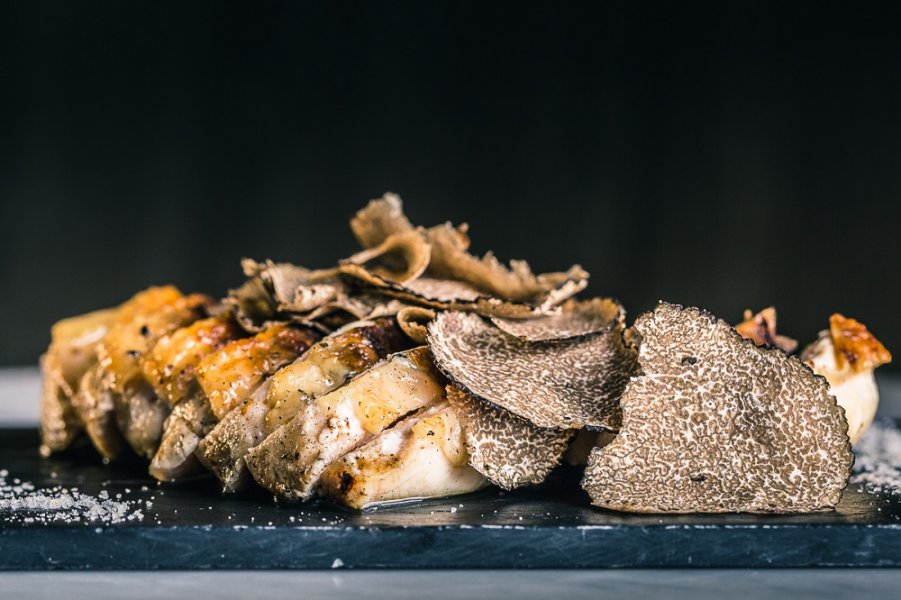
This hip and hidden Japanese restaurant and bar in Tiong Bahru oozes coolness, all mee pok shop in the front (featured in Eric Khoo’s Mee Pok Man) and all low-ceilinged and copper-furnished in the back. The premium lunch and dinner menus revolve around their binchotan grill, and while there is a lot of excellent, juicy yakitori, Chef Asai Masashi’s food delivers lots more. Try the grilled chicken with seasonal white truffle when it’s available, and don’t forget to wash it down with their brief but balanced list of cocktails. #01-19 78 Moh Guan Terrace. Make a reservation via Chope here.
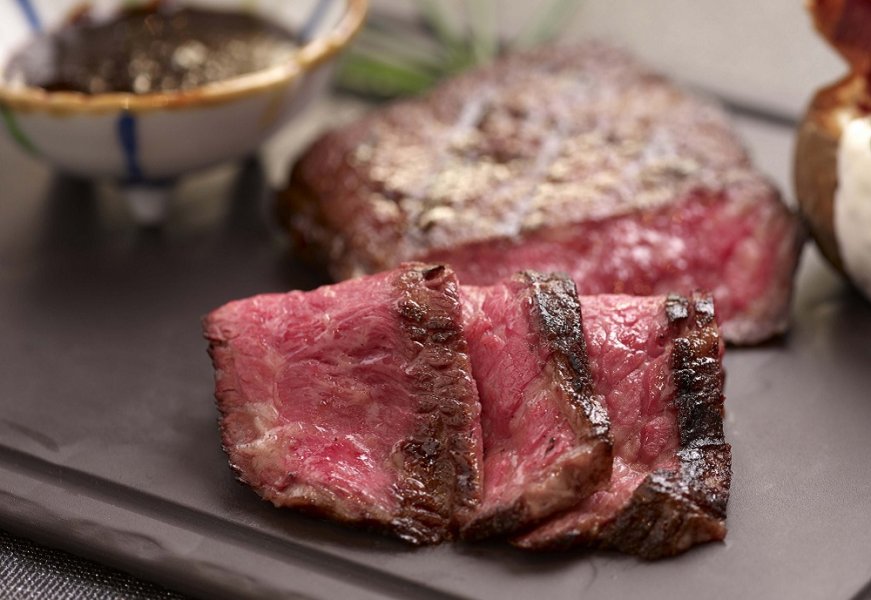
The brief and high-quality lunch and dinner menus at this “meat atelier” are a joy for carnivores. Walk in through the shoji doors, grab a seat at the centerpiece U-shaped counter and prepare to be delighted by a selection of premium wagyu from several Japanese prefectures. To go with are equally delightful starters like the seafood-stuffed fried zucchini blossoms and the crab cakes with pickles. At lunchtime, there are affordable sets covering sushi, sashimi and donburi, too. #01-01/02 Camden Medical Centre, 1 Orchard Blvd.
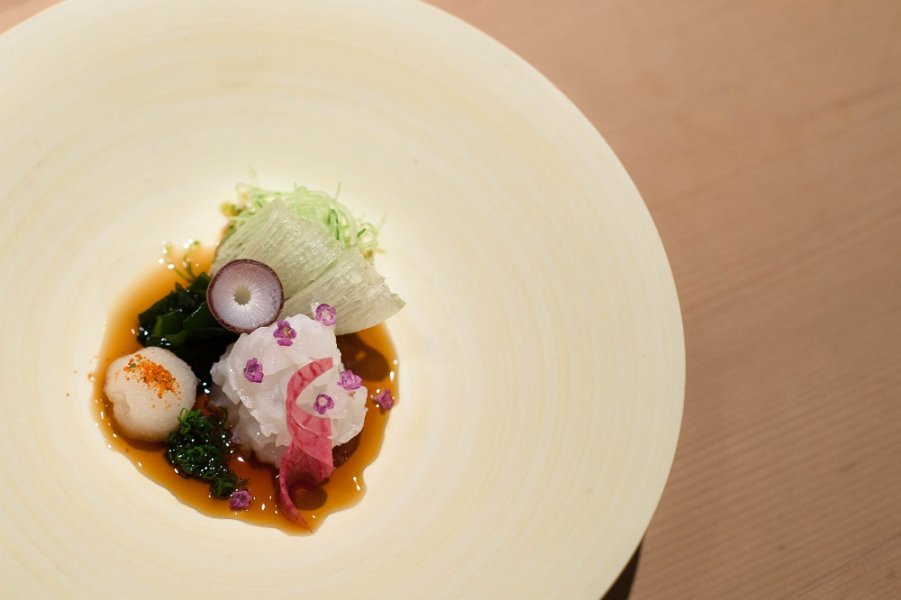
We couldn’t possibly leave out the amazing Hashida Sushi, the first overseas offshoot of the famed Tokyo establishment, which has moved upstairs to a bigger space. Chef Hatch Hashida, who apprenticed under his master chef father Tokio, brings an artistic touch to all his seasonal sushi, such as the sea bream, sea eel and botan shrimp, as well as bowls like the ikura and uni version. Don’t miss their premium otoro, involving maestro-levels of cutting skills. There are also fine sakes, including Chef Hatch’s private label, to sip. #04-16 Mandarin Gallery, 333A Orchard Rd. Make a reservation via Chope here.
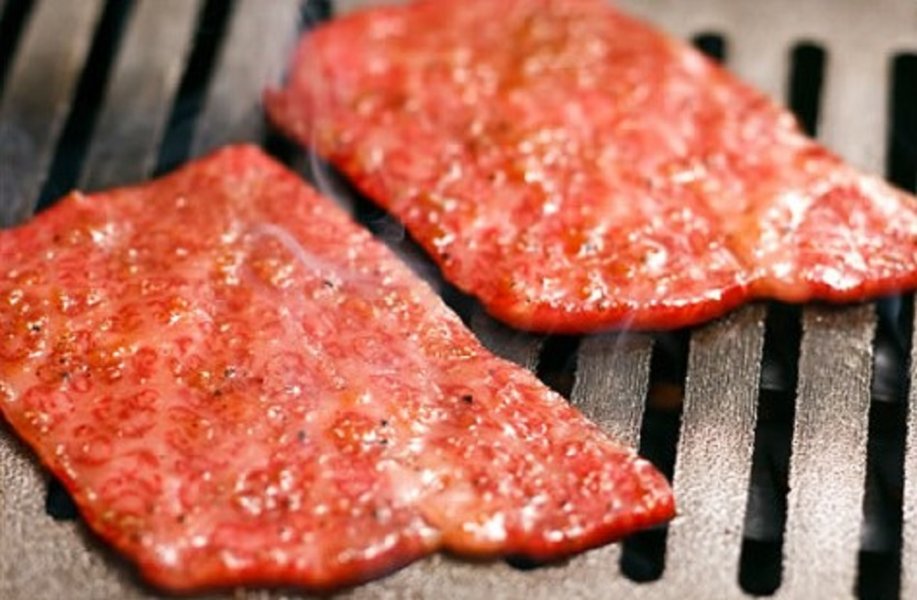
You can’t swing a bat without knocking into a Japanese eatery in the Robertson Quay area, but this BBQ establishment is a standout, despite the pretty ordinary setup (think black booth seats, dim lighting and wood accents). Grilled everything is the order of the day, from seasonal fish to Kurobuta to Saga beef. The Yazawa meats on offer are reason enough to warrant a return visit, as are the set menus at lunch and dinner. #01-01 Robertson Walk, 11 Unity St.
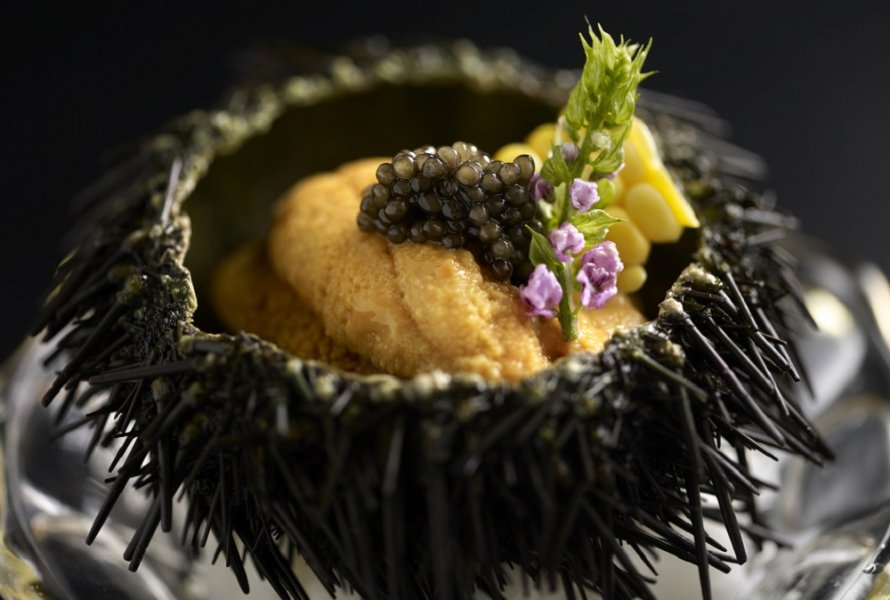
Another black and white heritage house turned into a fine dining establishment on Scotts Road, the two-story Ki-sho is divided into a sushi bar, private dining rooms and a sake bar that serves up from a collection of 50-strong nihonshu. On the food front, you have the option of just six sets, including Kyoto chef Hamamoto’s omakase, comprising the best seasonal seafood flown in twice a week from Japan. Chateau Tcc, 29 Scotts Rd.
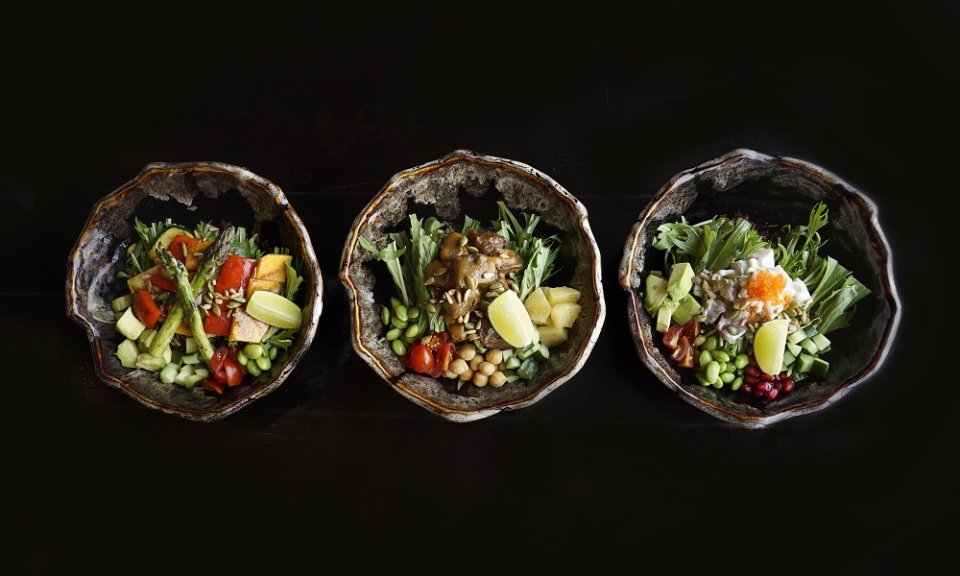
One of the most vibrant places to get dinner and drinks in the Raffles Place area, this modern Japanese bar and restaurant at Customs House boasts a funky space with bright-colored murals by Miami Ink’s Chris Garver, exposed pipes and a hip hop soundtrack. Dig into dishes like the signature sea bream carpaccio and the salmon ceviche with crispy friend gyoza skin. The food is a great match for their Asian inspired cocktails such as the Peach Blossom Margarita and the passionfruit-heavy Geisha Sake-rita. Head up to their third-floor rooftop bar when you’re done for a nightcap. #02-02 Customs House, 70 Collyer Quay. Make a reservation via Chope here.

Fairmont’s Japanese restaurant is a big, well-dressed space that elevates, not just covers, its bases with the teppanyaki counter, a sake/sushi bar, an intimate live robatayaki station (our pick), in addition to the main dining room. At its helm is Korean executive chef Moon Kyung Soo whose kaiseki dishes are innovative yet restrained, with highlights including a signature mushroom soup served in a siphon. Whatever you’re sampling here, it’ll be money well spent. 3/F Fairmont Singapore, 80 Bras Basah Rd. Make a reservation via Chope here.
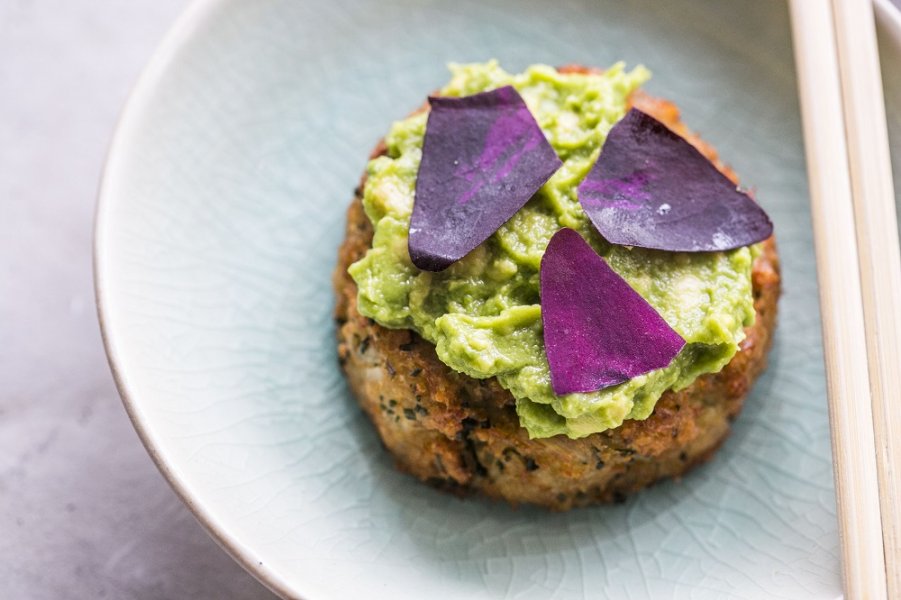
This packed, modern izakaya sports a street-inspired facade with grafitti murals, a sexy crowd and a trendy menu. They serve Japanese small plates with an edgier twist like chilled cucumber with crushed chili roasted peanuts and goma and crab cakes with wasabi and avocado. For mains, try the smoked baby back ribs in sake barbecue sauce and the tare-roasted chicken thigh with Japanese curry. A special mention goes to their pocket-friendly cocktails and special in-house junmai daiginjo sake. 1A Keong Saik Rd. Make a reservation via Chope here.
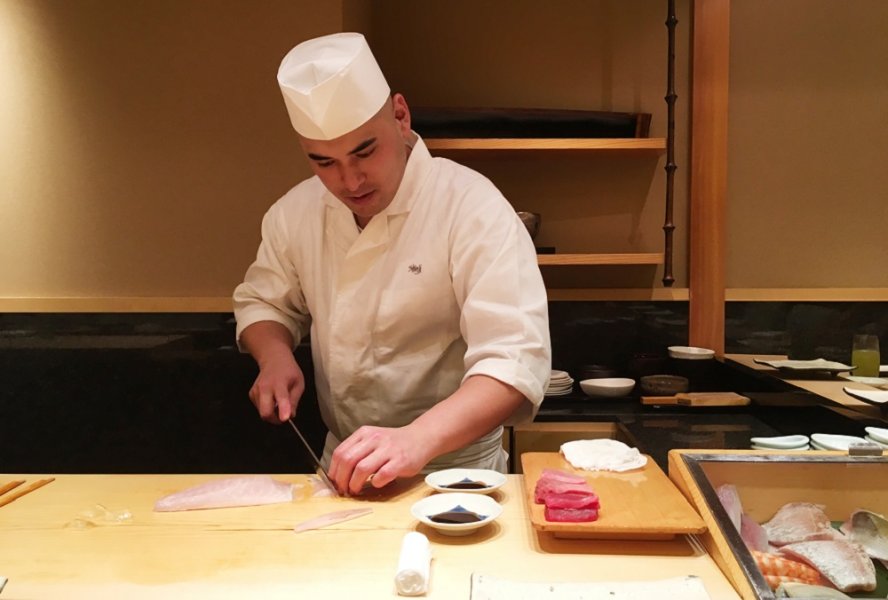
The eponymous chef’s famous Ginza sushi restaurant has not one but two branches in Singapore, one of them at The St Regis. It’s a serious place for serious lovers of Japanese seafood and culinary craftmanship. Book a spot to sit around at this black-and-beige, minimalist sushi counter (there’s a pebbled path leading you in) and be dazzled by the omakase selection. Don’t forget to save some time for the dedicated sake bar in the next room. The other branch is at Raffles Hotel. The St Regis Singapore, 29 Tanglin Rd.
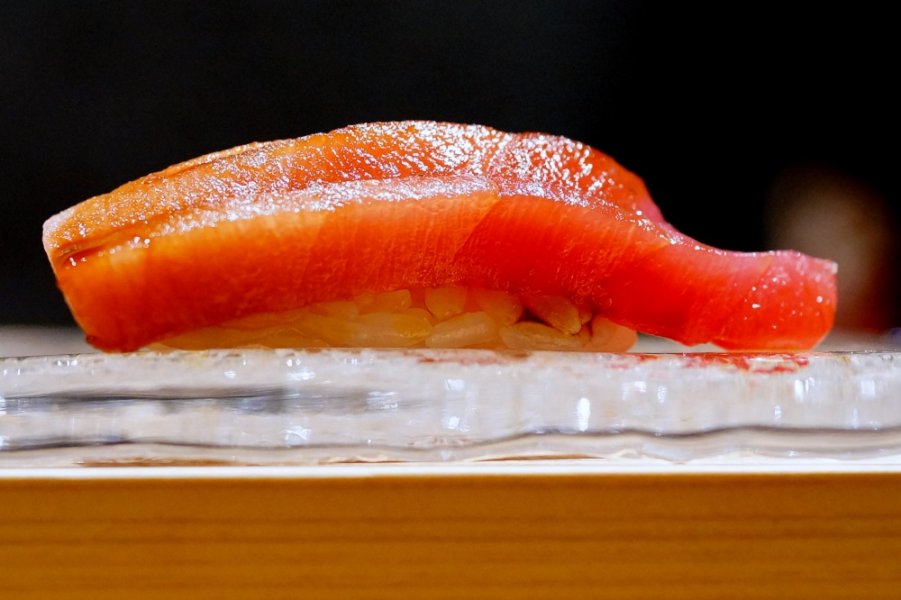
Singapore is full of fancy sushi restaurants, but this one, a rare standalone, has been reliably excellent. Helmed by chef Ryosuke Harada, formerly the sous chef of Sora Sushi at Mandarin Oriental Tokyo, the typically private and zen restaurant has an 18-seat counter for course-by-course sushi. As expected, it works on an omakase basis where you’ll get a mix of fresh sushi and sashimi, as well as appetizers and an assortment of cooked dishes. It’s a popular spot for local sushi fanatics, native Japanese and of course many of our panelists. 60 Tras St.

Run by chef-owner Patrick Tan, his wife Nicole and chef-co-owner Max See, this joint specializes in Japanese grills or robatayaki. Snag a seat at the long chef’s counter: they serve food up on long wooden paddles, making for a fun interactive experience. Recently, they’ve introduced the new shabu shabu/sukiyaki menu which includes two specialties—Sake Nabe, which uses 100% sake in hot pot and Whisky Sukiyaki for whisky lovers. If you don’t want to blow the budget, affordable lunch sets are available too. #02-01, 12 North Canal Rd.

It may have dropped off the World’s 100 Best list this year, but we don’t care. Top‑notch, personalized service makes the hefty $450 price tag for this 10‑course degustation menu worth the splurge. Expect a sublime European/Japanese feast with exquisite creations using premium ingredients, such as grade nine wagyu and Hokkaido uni, in an understated, elegant space. Hold your breath for signatures like the botan shrimp with sea urchin and caviar, and the wagyu with wasabi and citrus soy. There are over 100 options for premium sake, including two developed specifically for the restaurant. #02-01 The Shoppes at Marina Bay Sands, 2 Bayfront Ave.
Advertisement